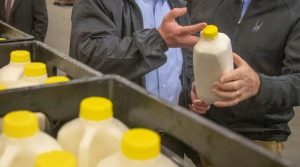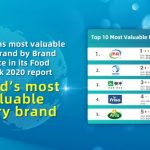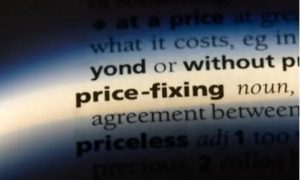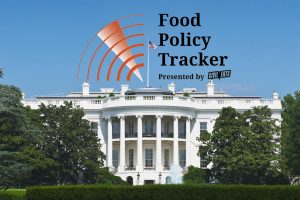
Vitaliano spoke on a Dairy Signal podcast sponsored by the Professional Dairy Producers of Wisconsin this week.
“We are behind the curve. Our competitors are going gang busters with bilateral agreements,” he says. “The U.S. has been very slow. [Our competitors] are so far ahead of us that the best we can do is get back to a level playing field.”
U.S. exports had been trending well for a few months prior to commodity price increases this spring. For four months, exports exceeded 17% of U.S. milk production on a milk solids basis, and in one of those months, exceeded 18%.
About 80% of U.S. exports are in dried milk products: Skim milk powder, dry whey, milk protein concentrates and lactose. While those export volumes have been good, they typically are also the lowest value products. Exporting them and getting them off-shore is good because they then don’t back up in U.S. warehouses nor over-shadow markets here.
But to make a real impact, Vitaliano believes the U.S. must export more higher-value cheese. Currently, the U.S. is exporting about 6% to 7% of its cheese. (When cheese prices skyrocketed, the U.S. was actually a net importer of cheese for a brief time.) “We need to export 10% of our cheese production,” says Vitaliano.
Increasing exports, he says, is the only way U.S. milk production can expand without depressing prices here at home.
Vitaliano says there are three keys to expanding dairy export sales.
U.S. dairy products prices need to be more aligned with world prices.
The U.S. needs effective trade agreements. See above.
Farmers, cooperatives and propriety dairy companies need to make a serious commitment to exporting.























